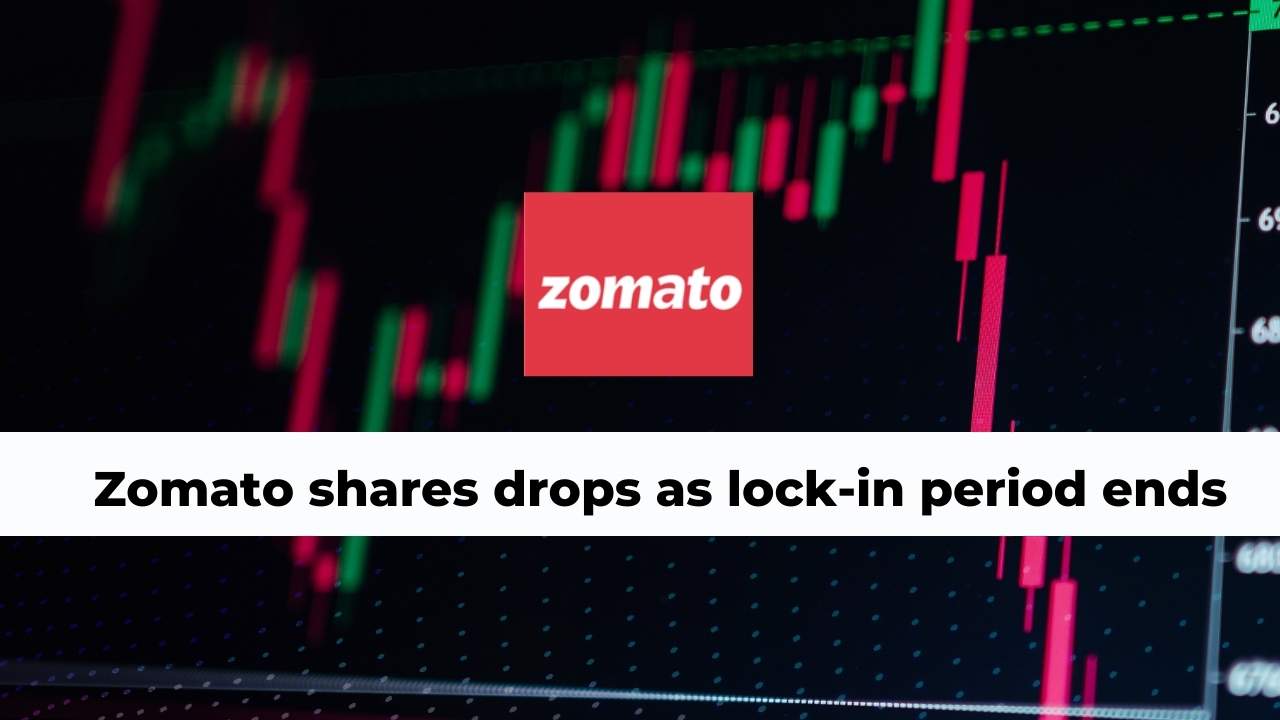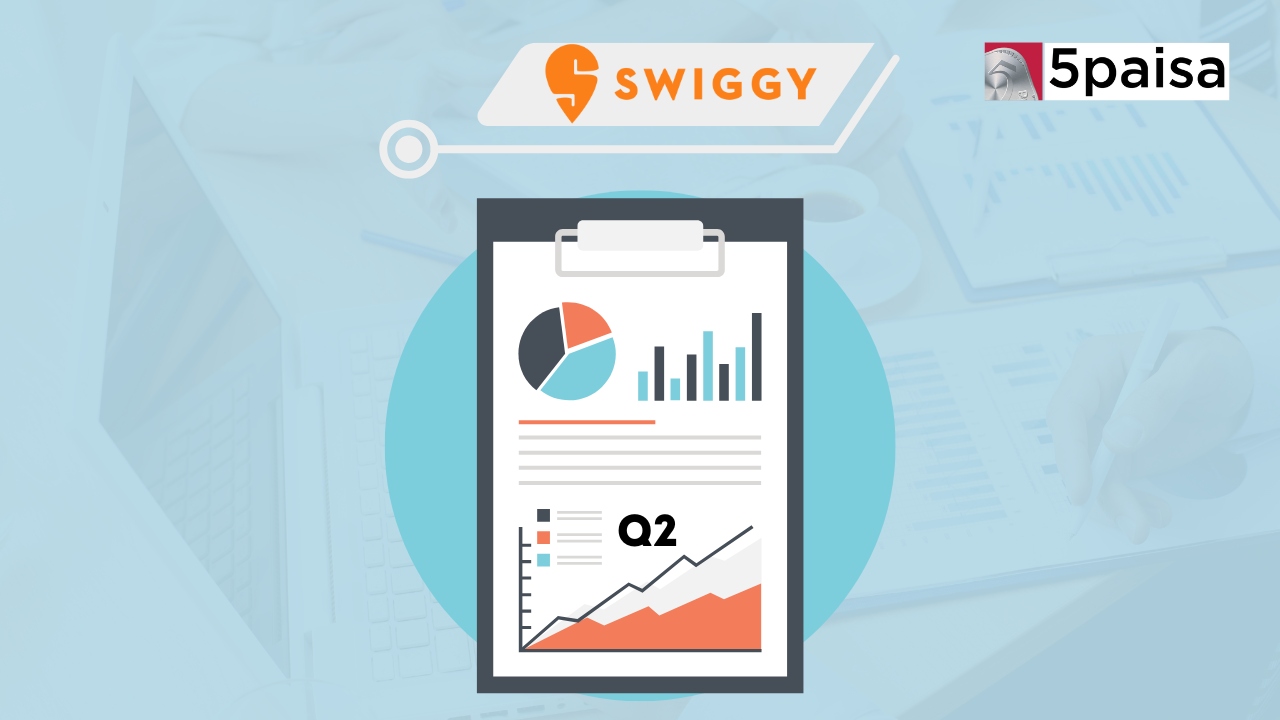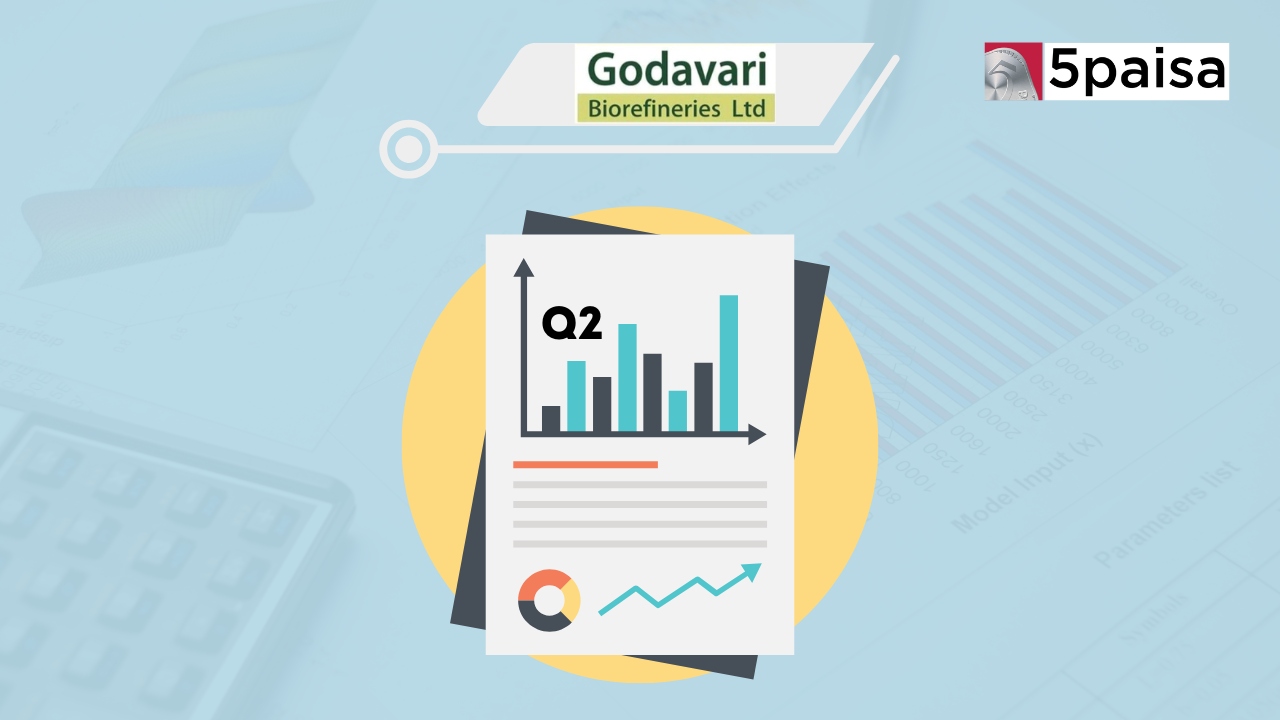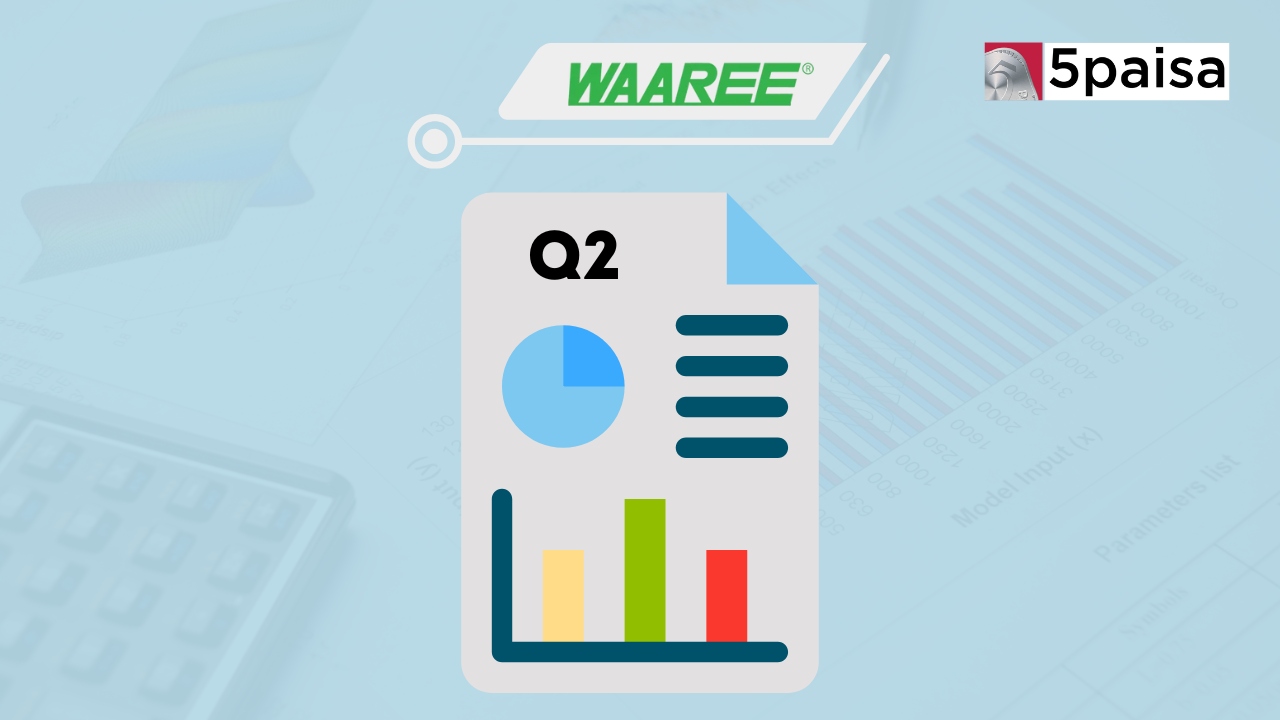Gaurav Seth appointed as CEO of 5paisa Capital Limited, effective January 14, 2025
Zomato falls sharply as one-year lock- in comes to an end

India’s only listed food delivery app, Zomato, has been having a tough time on the bourses. From a high of Rs150, the stock has cracked down to Rs44 levels. Before we get into the latest crash, let us look at the three phases in which the Zomato selling was visible.
a) The first phase of selling came in the earlier part of this year, when the stock retracted from a high of around Rs.169 to its issue price level of Rs76. This was largely on two factors viz. valuation concerns and the rapid growth of Swiggy. Valuations, investors felt, were just too steep and the turnaround would take a very long time to even justify such lofty valuations. At the same time, Swiggy had forayed into the premium Quick Commerce segment, which had led to Swiggy becoming more valuable than Zomato in relative valuation terms. These factors led to the first round of selling in Zomato.
b) The second round of selling started after Zomato announced the acquisition of Blinkit (formerly Grofers), essentially a quick commerce company. Markets were unhappy for two reasons. Firstly, there was the added burden of Blinkit losses that Zomato would have to fund. Since Zomato itself did not have any profits worth the name, it would have to fund Blinkit from its capital. Secondly, investors felt the transaction was a related party transaction and not exactly at arm’s length. This raised the fear that Zomato had possibly paid too much for Blinkit, and that too in a rather opaque manner.
c) Finally, the last round of selling started on Monday 25th July. It may be recollected that the stock of Zomato had listed on 23rd of July 2021 and it had just completed one year on the bourses. This brought to an end the lock-in of 1 year that was applicable to the early investors. It is an overhang because it is likely to add to supply each time Zomato even bounces by a small margin. The latest fall in the stock price of Zomato has been driven by the end of the 1 year lock-in.
How the end of 1-year lock-in is spooking Zomato
On Monday 25ths July, the stock of Zomato was down 14% at one point before it ended the day 11.5% lower. On Tuesday, the stock of Zomato is down by another 11.5% at mid-day. AT this price, the stock is at the lowest level of Rs42.50 per share and this represents a 44% fall from the issue price and a whopping 75% fall from the peak price of Rs169 that the stock had scaled. In a nutshell, the price fall in the last 2 days has been over 22%.
The reason for this panic selling in the markets is that the end of the lock-in period increases the potential supply of tradeable Zomato shares in the market. Many of these shares had been locked in due to the one-year stipulation, but that is over and most of the early investors have actually invested at a fraction of the current price and for them the deal to exit would still be profitable. Just to recap, Zomato had raised Rs9,375 crore through an IPO at Rs76 per share and had listed on 23rd July 2021.
The problem of lock-in gets more acute since people recollect the experience of other digital stocks like Paytm, Policybazaar and CarTrade, which had fallen vertically post the IPO. In the case of Zomato, nearly 78% of Zomato shares were under the one-year lock-in period as per the extant SEBI norms. Now these shareholders are free to sell their stock in the open market when they desire and trades anticipate that to create an overhang of supply in the market. Some of the early investors in Zomato include Info Edge, Antfin, Tiger and Temasek.
However, it must be remembered that most of the brokerages have a buy call on Zomato on the grounds that downside risk may be very limited. For instance, just last month, JP Morgan had underlined its positive stance on Zomato with a target price of Rs115 per share. Many of the brokers are bullish on the Zomato/Blinkit combination as it would offer a convenience proposition. It would also help the company to amortize its customer acquisition costs and delivery infrastructure. That made JP Morgan overweight on Zomato.
Even JM Financial is positive on Zomato with target price of Rs115 per share. They expect Zomato to benefit from robust industry tailwinds for hyperlocal delivery services. However, the immediate challenge for Zomato would be to convince the traders and the investors that they have a timetable for profitability. That would hold the key!
- Flat ₹20 Brokerage
- Next-gen Trading
- Advance Charting
- Actionable Ideas
Trending on 5paisa
02
 5paisa Research Team
5paisa Research Team
03
 5paisa Research Team
5paisa Research Team
04
 5paisa Research Team
5paisa Research Team
Corporate Actions Related Articles
Disclaimer: Investment in securities market are subject to market risks, read all the related documents carefully before investing. For detailed disclaimer please Click here.




